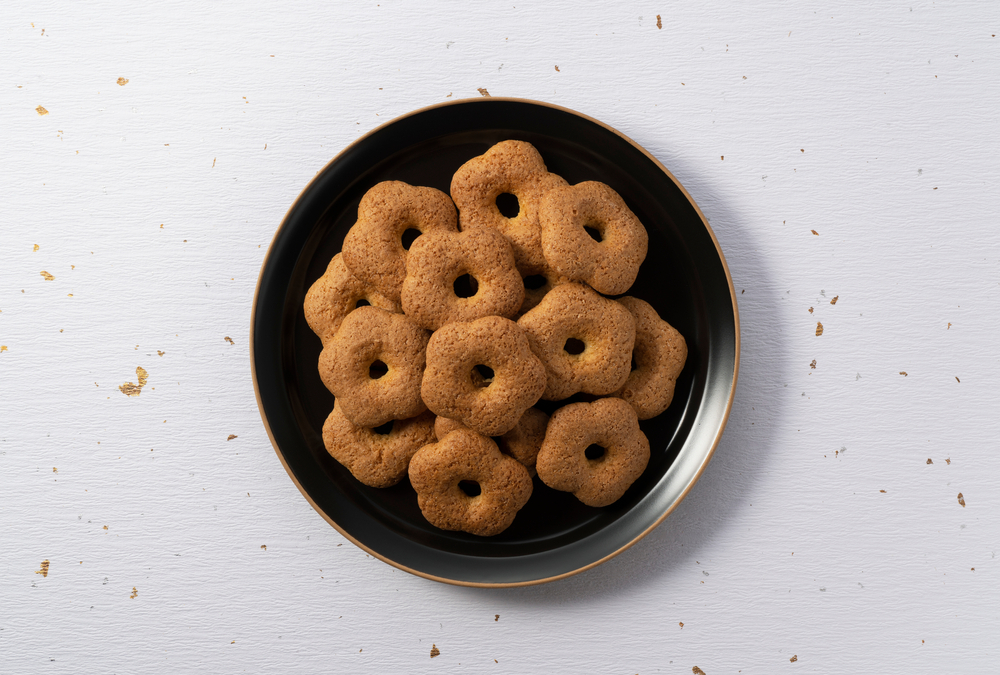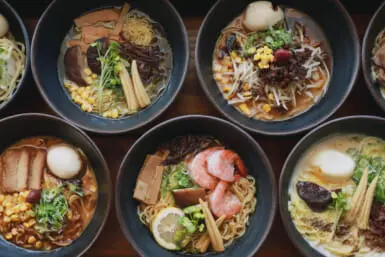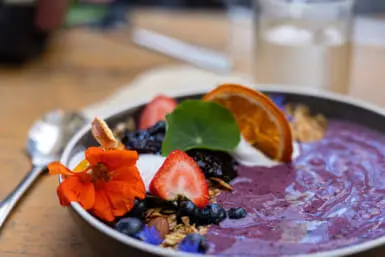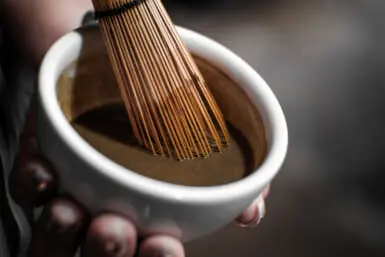It’s no secret that Japan loves fermented food. From miso soup to umeboshi, fermentation is a daily staple in Japanese cuisine. Every Japanese supermarket is stocked with a variety of gut-healing products.
If you’re not quite ready to stock up on natto, worry not, because there are lots of other ways to get the benefits of fermentation, including through dessert. So, what are the benefits of fermentation, where is it found in Japan and how can you enjoy the perks of fermented food through dessert?
What Are the Benefits of Fermentation?
A lot of bacteria in your body may not sound appealing, but when it comes to good bacteria, you need it to support your bodily functions. Fermented food can help stimulate good bacteria and promote better health. It aids digestion, helps you absorb nutrients and vitamins, improves mood and behavior, supports heart health and protects you from inflammation.
With all these benefits, who wouldn’t want to get on the fermented food train?
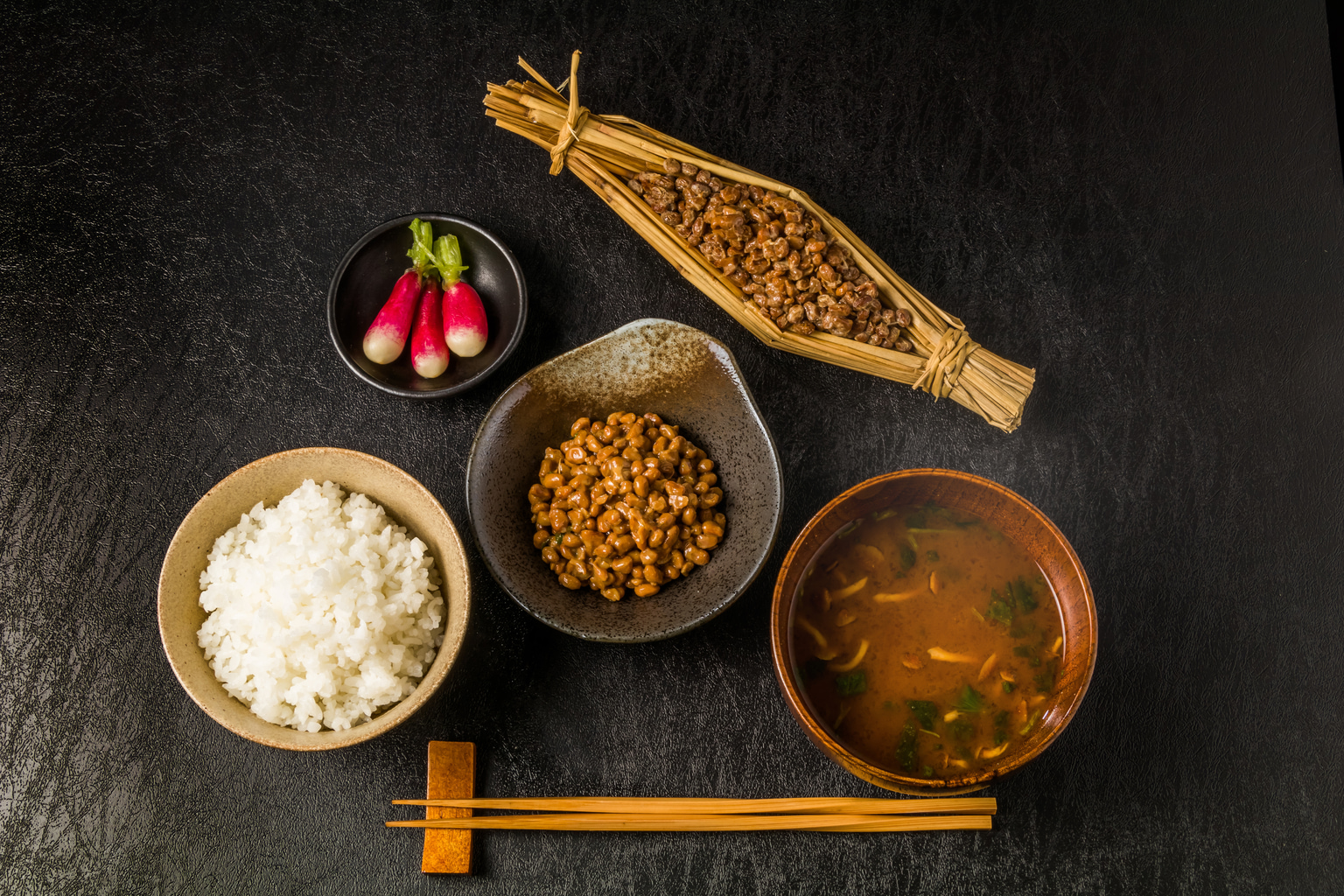
What is the Japanese Fermented Cuisine?
Although fermentation is a worldwide culinary phenomenon — products like yoghurt, beer, and cheese — fermented ingredients form the very base of Japanese cuisine. The fermentation process involved in making soy sauce, miso, mirin and sake is rooted in Japanese cultural heritage. Even though fermented food is not exclusive to Japan, according to health scientists, the abundance of fermented products might actually be part of the reason why Japanese people live as long as they do.
There are various forms of fermentation in Japan. The most commonly consumed is a microbe called koji, used in the production of nihonshu, shochu, miso, soy sauce and tsukemono pickles.
Besides food and beverages, fermentation is used in other areas of life, including the beauty industry. The famous skincare brand SK-II produced an essence with Pitera, a sake-brewing yeast ingredient that rejuvenates the skin.
When it comes to desserts, a mug of hot steaming amazake is a traditional Japanese winter drink. Its gastronomic history goes back 1,300 years, when it was a beverage for the upper classes. Various famous brands such as Lotte have also started incorporating fermented ingredients such as fermented butter into their sweets.
But there are some that take it even further. We’ve made a list of various shops in Tokyo where you can get more of your favorite desserts. The best thing is that they also happen to be healthy. From wagashi, traditional Japanese confectionary, to more Western delights such as donuts or cheesecake, fermentation is the new superfood for sweets.
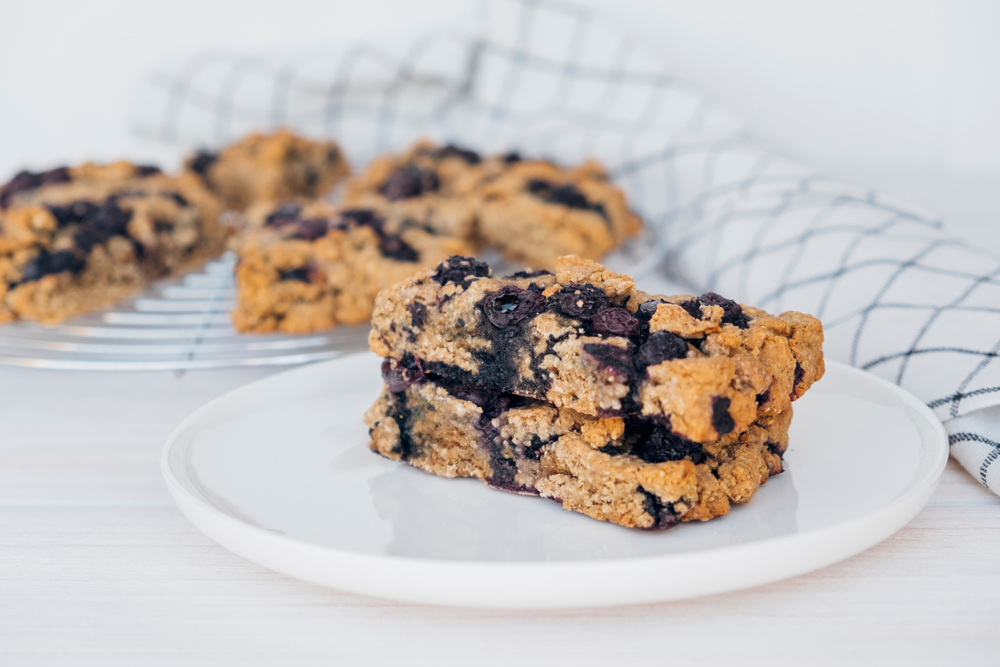
Japanese Fermented Desserts and Where to Get Them
We have a gut feeling you’ll love these.
Amazake Cappuccino at Setagaya Engawa Café
Spice up your regular coffee with some fermented amazake from this quaint little café in Setagaya. Besides coffee, they also sell normal amazake and amazake-related products.
View this post on Instagram
Kuzumochi at BE:SIDE
Kuzumochi is a Japanese sweet with a jellylike texture made from Lactobacillales-fermented wheat starch. At BE: SIDE in Omotesando, the traditional sweet is elegantly served, alongside smoothies and puddings that include the Kuzumochi lactic acid bacteria.
Attached to the store is a spa which offers skin treatments using the Kuzumochi lactic acid bacteria to support moisturized skin.
View this post on Instagram
Fermented Donuts and Brownies at Upbeat!
You may not think of healthy when you imagine donuts and brownies, but they’re a supplement at Upbeat! It’s a company that uses fermented foods such as mirin and white miso in its donuts, cakes and other baked goods. The brand is also vegan, dairy-free, gluten-free and white sugar-free. You can check the store’s goodies online.
おはようございます。
本日、11:00-17:00にて営業します。
新メニュー
柿ミルク
柿ヨーグルト和栗シリーズは今月中旬までの予定です。
ご来店お待ちしております。
※1人1杯までの杯数制限が無くなりました。 pic.twitter.com/pQcb2Yqlyr— かき氷工房 雪菓@10月から土日11:00オープン (@Atelier_Sekka) November 5, 2022
Natto Soybean Shaved Ice at Sekka
You may loathe natto, but you’ll love it on this shaved ice at Sekka. The unique dish is made with Mount Fuji water. It combines soybean flour (kinako) and natto mashed up inside.
View this post on Instagram
Fermented Cheesecake and Pound cake at Daughter Boutique
Daughter Boutique is a vegan, white sugar-free and gluten-free baked goods store. Its cheesecake and poundcake are made with white miso and sake, while Chinese medicinal herbs are used in the cookies. Daughter Boutique has an online store and a physical location.

